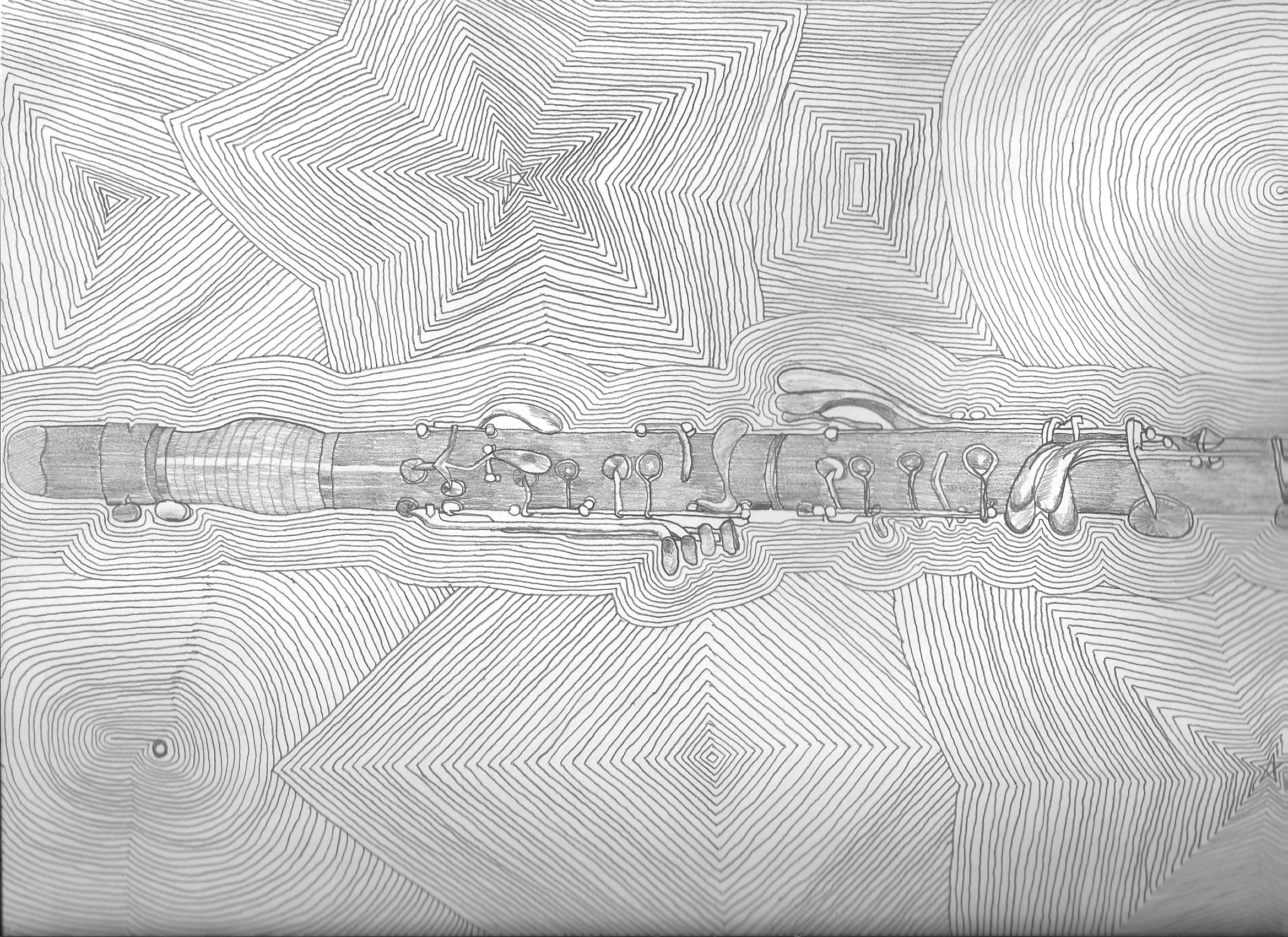-
Posts
2,659 -
Joined
-
Last visited
-
Days Won
222
PeterthePapercomPoser last won the day on January 6
PeterthePapercomPoser had the most liked content!
About PeterthePapercomPoser

- Birthday April 10
Profile Information
-
Biography
Composer living in California who facilitates a short story writing class and also participates on writingforums.org. Working on creating a story and music based RPG maker role playing game. Interested in all arts. During the holiday season, I'm known as PeterPartakesofCornPudding. 🇵🇱 Click on the "About Me" tab on the right for a complete catalogue or press kit of my compositions!
-
Gender
Male
-
Location
California, USA
-
Occupation
Soon to be Mental Health Worker and Addictions Counselor
-
Interests
Musical Composition, Short Stories and books and different kinds of art. I did the cover art.
-
Favorite Composers
Tchaikovsky, Beethoven, Ravel, Stravinsky, Prokofiev, Lutoslawski (only the more tonal works), John Williams, Elliot Goldenthal, Jerry Goldsmith
-
My Compositional Styles
on paper/linear, thematic, harmonic language variable
-
Notation Software/Sequencers
Used to use Cakewalk Home Studio with Yamaha XG Midi soundbank. Now I write everything on paper and copy it into MuseScore. Also a very much beginning user of Reaper, although I don't foresee using it much given MS4's capabilities..
-
Instruments Played
Clarinet, Piano, Trumpet, French Horn, Acoustic Guitar, Chromatic Harmonica (in that order)
Recent Profile Visitors
32,981 profile views
PeterthePapercomPoser's Achievements
-
PeterthePapercomPoser started following Mendelssohn orchestration (Barcarolle Op.30 No.6) , Ruminations for String Quartet , Prelude no.15 and 7 others
-
It's a G minor 9 chord! Did I win?!?!?!
-
Hi again @Gabriel Carlisle! Good to see you again! Regarding your score, I have some nit-picks: In the very beginning, French Horns do not read in Tenor Clef (also, are you British? Asking because your score is in concert pitch, and if you had the Horns in F it would alleviate some of the problems that are causing you to use Tenor and Treble Ottava Bassa clef which Horn players don't usually read) In meas. 69 - 70 the F#'s should be Gb's, and same in meas. 77 - 78 F#'s. As far as the music is concerned - brilliant piece! Very affecting modal mixture appropriate for Romantic era music. The melodies are lovely and dance-like as well. Very fitting of a composer hoping to get his foot in the door in ballet music! Many parts are quite jubilant and celebratory - great victorious moods full of tension and release. The ending was a bit drawn out for my taste, but I am biased towards succinct endings that get to the point quickly which is perhaps not a norm common to Romantic era music. Thanks for sharing and good luck in your endeavors!
-
Just Google "mp3 converter" and pick the appropriate site that will convert your file type to an mp3. Just don't click "allow" if it asks you because many of those websites are spammy.
-
That's covered by the "Musicologist" badge. Google: "Musicology is the scholarly study of music, exploring its history, cultural contexts, theory, and social impact, encompassing all musical traditions from classical to popular music, beyond just performance. It uses various methods, including analysis, history, and anthropology, to understand how music functions in life, its development over time, and its relationship with psychology, sociology, and other fields. Traditionally divided into historical, systematic, and ethnomusicology, modern musicology is broad and interdisciplinary, focusing on meaning, practices, and the "web of culture" surrounding music."
-
How would this be related to music? Seems like an award for anybody who might write an essay about any topic. But there are already existing awards for "Musicologist" or "Ardent Reviewer" or "Theory Buff" or "Musical Debator" or "Programmatic Composer" or "Musical Advisor" and those awards have specific musical cases in which they apply.
-
.thumb.png.8b5b433a341551e913a34392660bc95b.png)
Recitative: Nun verlaß ich diese Hütte
PeterthePapercomPoser replied to muchen_'s topic in Choral, Vocal
Hi @muchen_! I am not an expert on the Baroque style, recitatives, arias nor cantatas, but I feel like the recitative could have been more humanized through liberal use of hidden tempo changes in order to make it sound more like an accompanied cadenza and in free time which I'm assuming that that's how recitative are supposed to be like. This rendition sounds very metronomic which hurts my impression of it. I like the aria a lot though! Although between bars 8 - 14 the singer doesn't seem to have any opportune place to breathe and it's hard to imagine those 6 measures sung in one breath although I could be wrong. Other than that I really enjoyed it though! Great job and thanks for sharing! -
Hi @PaavolaPyry and welcome back to the forum! I think the solo Clarinet line dancing microtonally around a single central tone in the beginning sets the stage well for the piece that follows and is yielded from that beginning line. I feel the piece is very logical and cohesive. I can listen to it many times in a row and not get bored of it - which I usually cannot do with an unaccompanied solo piece. But this isn't unaccompanied and only starts that way which is a very entrancing way to start a piece that eventually becomes a Wind Quintet (although for some reason the instruments aren't labeled in your score? Assuming that it's for Flute, Oboe, Clarinet, French Horn, and Bassoon). The harmony is dissonant but in a deliberate way that is very digestible (at least to me). It somewhat reminds me of the slow Adagio movement of Mahler's 10th Symphony (the one movement he actually finished himself). The microtones on the Clarinet don't seem to disturb the harmony but enhance it. It's around the 4 minute mark where your Clarinet melody reminds me of Mahler 10 (measure 51). I am a Clarinetist myself but haven't played in a while and wouldn't dream of using these extended techniques that you've employed here - but you're informed by your own experimentation so by all means keep going! Great job and thanks for sharing!
-
Here is a list of Manually-Awardable Badges that aren't directly related to a competition or event: Musical Debator Melophile Holding Strong Opinions History Buff Philosopher of Music Theory Buff Orchestration Buff Keen Ear Keen Eye Musicologist Ivory Tickler Symphonist Chamber Guru Troubadour Concertophile Outstanding Orchestrator Maestro Soloist Master of Improvisation Skilled Arranger Film Buff Video Game Buff You've Got Rhythm Got Published Got Performed Tune Smith Prolific Composer Counterpoint Wizard Sick Beats Period Composer Ardent Producer Hepcat Aleatoric Composer Bando Drum Major Pop Song Aficionado Brass Aficionado Woodwind Aficionado String Aficionado Film Composer Recording Artist Musical Dramatist Challenger Avid Listener Musical Socialite Ingenious Harmonizer Dance Music Impresario Headbanging Rocker Musical Storyteller Musical Explorer VGM Enthusiast Film Music Enthusiast Sculptor of Sound Audiophile Idea Peddler Star Performer Choir Master Musical Architect Immaculate Engraver Impeccable Taste Local Lurker Abstract Composer Guitar Guru Collaborator Accomplished Virtuoso Musical Advisor Elegant Classicist Amorous Romanticist Programmatic Composer Master of Subtlety Dedicatee Lo-Fi Audiophile Better Than Thatguy Lavender Hands Effect Ardent Reviewer Feel free to suggest badges as well! - PeterthePapercomPoser
-
.thumb.png.8b5b433a341551e913a34392660bc95b.png)
Synth Pieces to start out the New Year!
PeterthePapercomPoser replied to layneleefilm's topic in Electronic
Hi Layne! @layneleefilm Nice synth pieces! The synth sounds make me think of 80's movie OST's! I recently saw the movie "Tron: Ares" which this reminds me of a little bit too. Running through the dark with its echoing theme towards the end reminds me of Friday the 13th OST. Did you put the wrong date in the title? It says 1-2-25 and 1-3-25 but it's 2026 now! Thanks for sharing and I hope you have a great year! -
.thumb.png.8b5b433a341551e913a34392660bc95b.png)
Youtube Channels?
PeterthePapercomPoser replied to Thatguy v2.0's topic in Music Appreciation: Suggest Works or Articles
This composer has an account here! https://www.youngcomposers.com/p19069/cyberpianist/ -
.thumb.png.8b5b433a341551e913a34392660bc95b.png)
Preludio for Solo Violin
PeterthePapercomPoser replied to Cafebabe's topic in Piano Music, Solo Keyboard
The last chord is impossible on Violin. You have a G, B, and G triple stop. The lowest string will be open on G then the next available string is the D string so I would advise using that since it's in the G major tonality. Then you could have a B above to complete the chord. That would be possible to play but currently it's impossible. -
.thumb.png.8b5b433a341551e913a34392660bc95b.png)
2025 Christmas Music Event!
PeterthePapercomPoser replied to PeterthePapercomPoser's topic in Monthly Competitions
Check out the conclusion to the event here: -
Hello @Patrick Compo-Classique! Welcome to the forum! Instead of posting a link to your whole YouTube channel here, you might have more luck engaging with the other members in the forum if you post one piece at a time with each in its own dedicated topic depending on ensemble/style of the music: https://www.youngcomposers.com/f5/upload-your-compositions-for-analysis-or-feedback/ Thanks for joining us!













